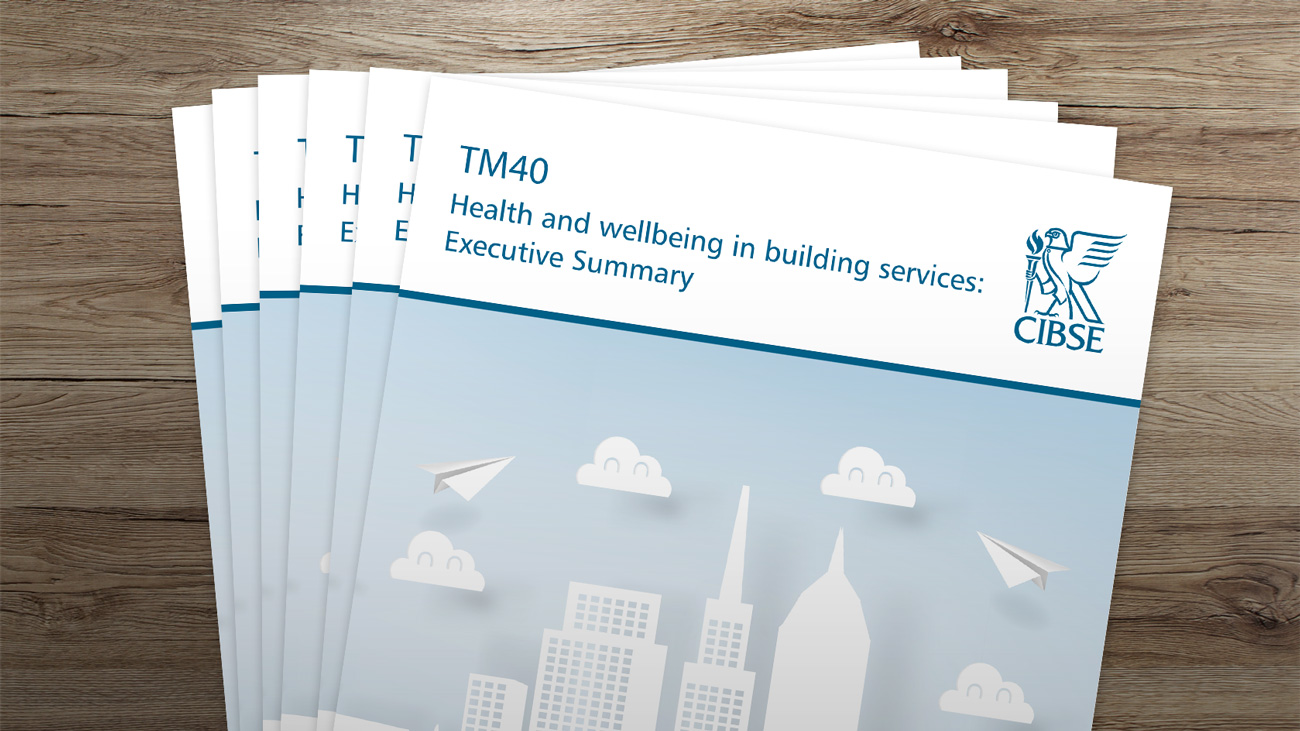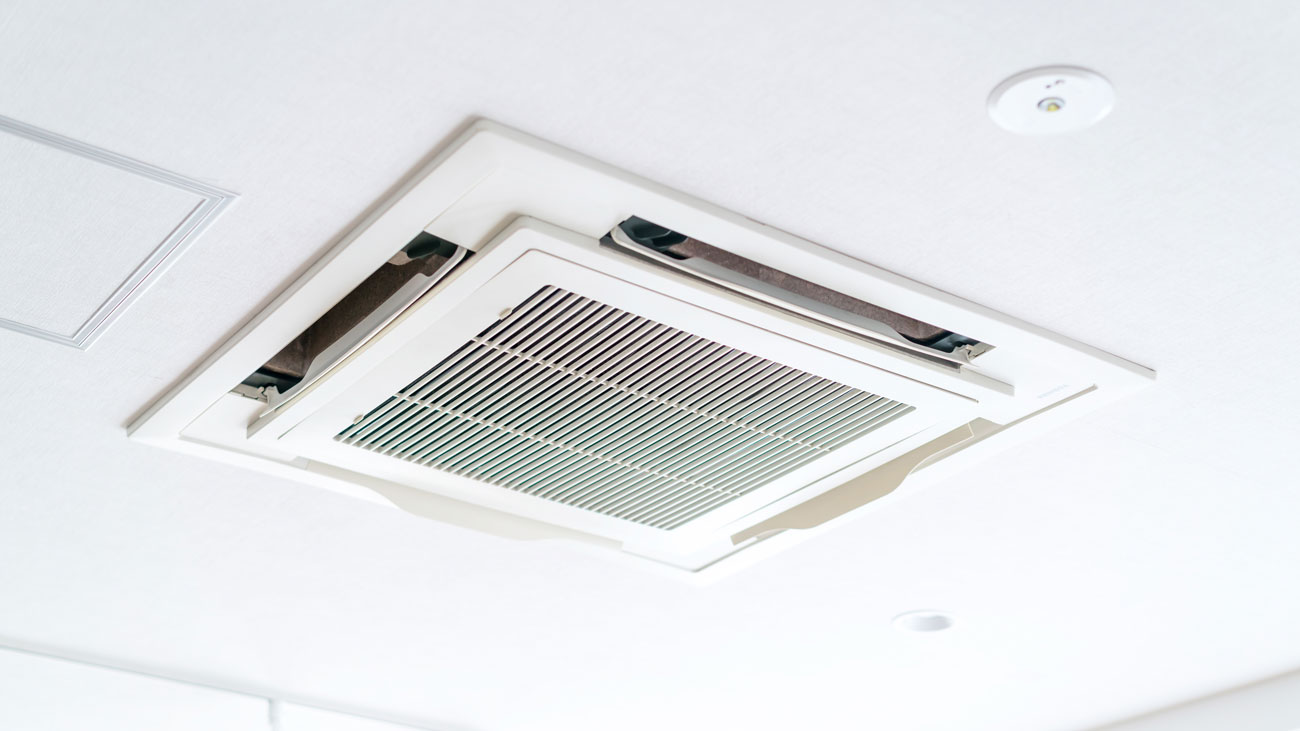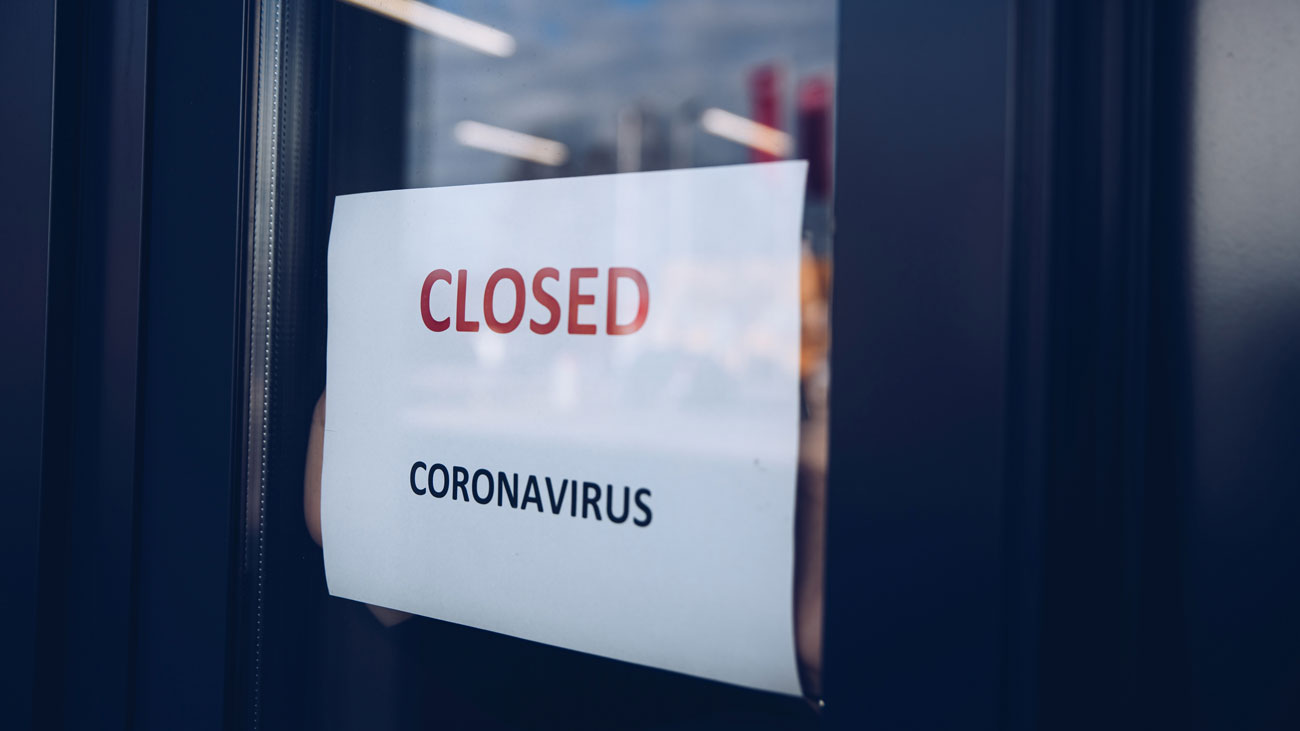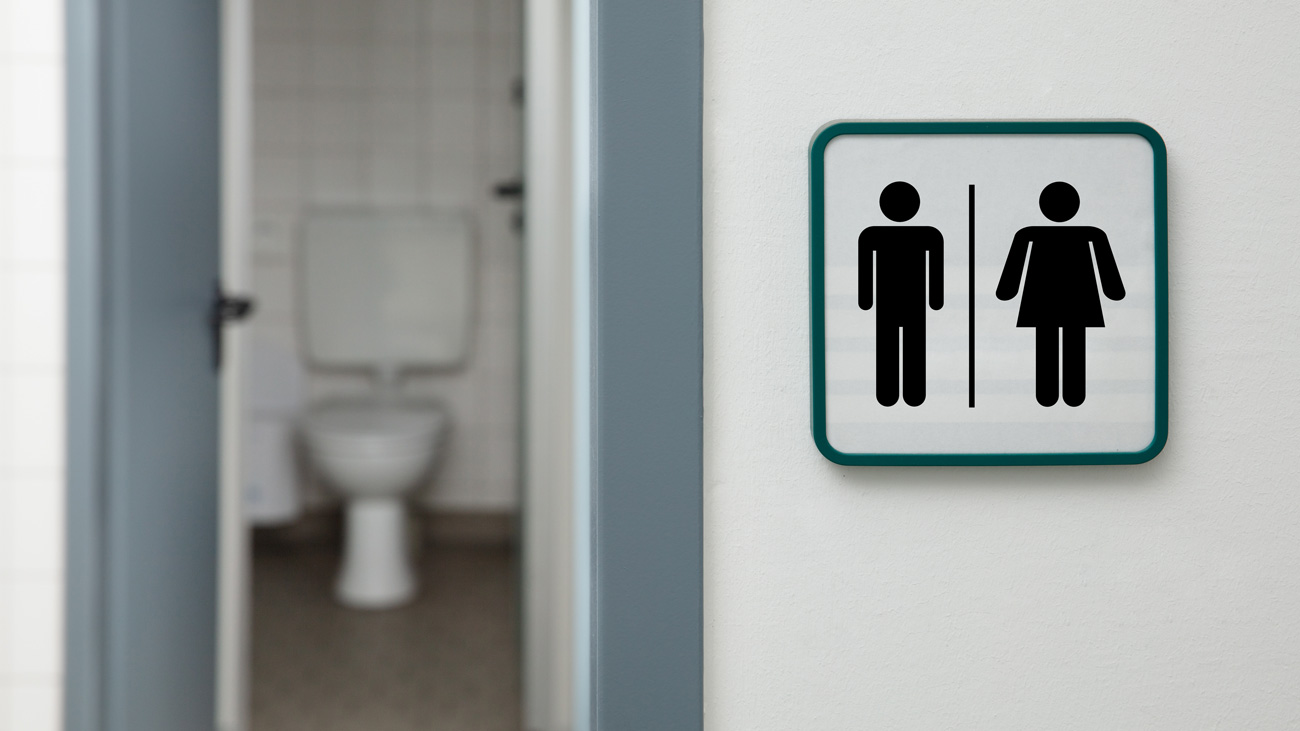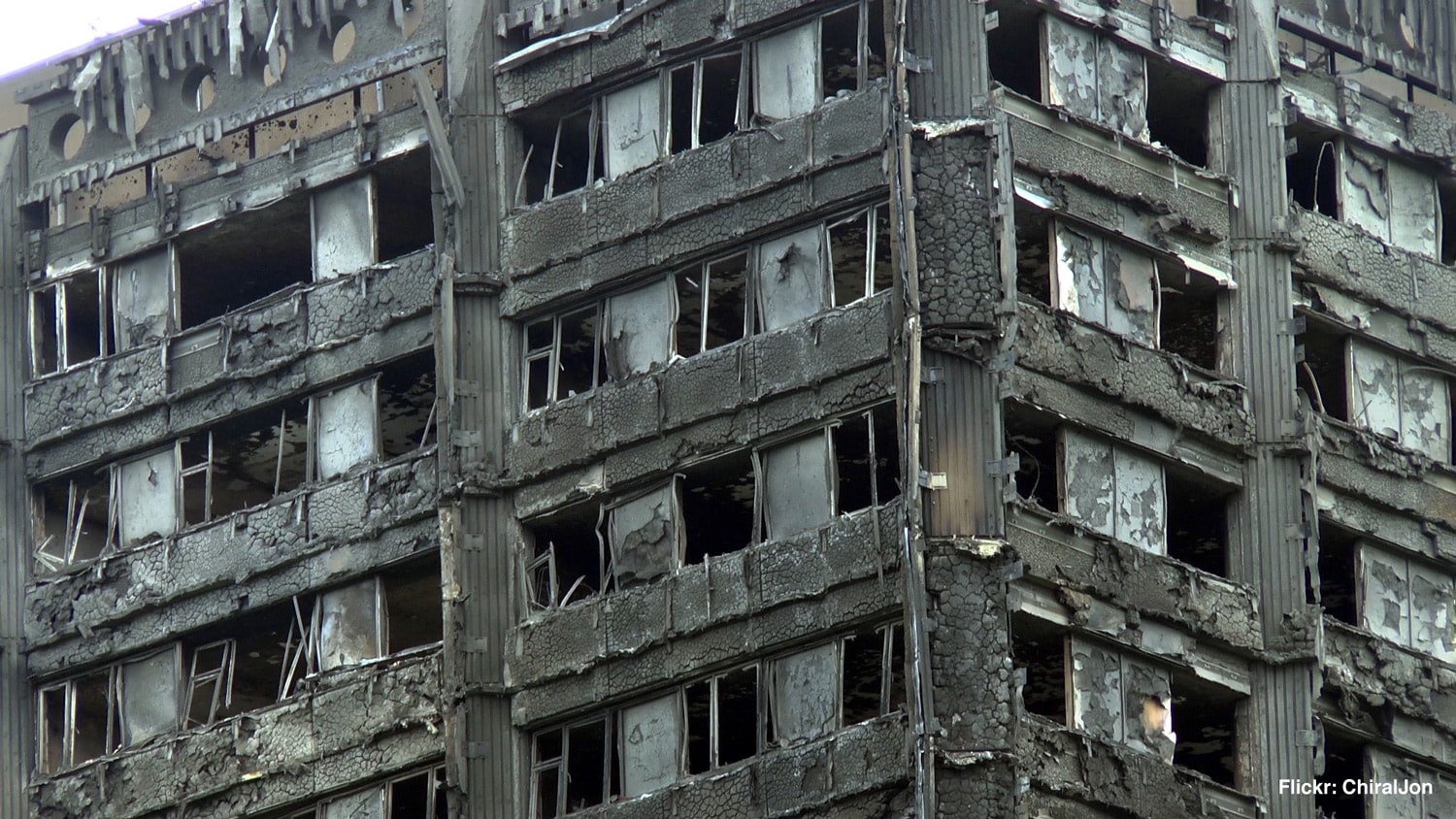
New HSE guidance for high-rise residential buildings
The HSE has produced guidance regarding safety cases and safety case reports for high-rise residential buildings. Whilst fires and serious structural incidents in high-rise residential buildings are rare, when they happen, the consequences for people in or around the building can be catastrophic. A single incident can affect many people and their homes.
The government’s recent building safety reforms propose a proportionate and systematic regulatory framework, the aim being to prevent and reduce the severity of a serious fire or structural failure. It includes more stringent requirements for high-rise buildings.
Safety case
The safety case is all the information you use to manage:
- The risk of fire spread; and
- The structural safety of your building.
Some of this information will show how you are:
- Preventing fire spread and structural failure in your building; and
- Limiting their consequences.
Safety case report
The safety case report is a document that summarises your safety case. It identifies your building's major fire and structural hazards and it shows how you are managing the risks as far as you can.
The report should give the reader confidence that you:
- Have identified your building's major fire and structural risks; and
- Are managing and controlling them.
The Building Safety Act introduces a set of new roles and responsibilities for people who manage occupied, high-rise residential buildings. Although the Act has become law, the duties it describes for existing occupied high-rise residential buildings have not come into force yet. Registration of existing buildings is expected to begin in April 2023, with the Building Assessment Certificate process expected to begin in April 2024. You can read more about transitional arrangements in this HSE factsheet.
If you manage a high-rise residential building, you’ll need to take all reasonable steps to:
- Prevent any building safety incidents; and
- Reduce the severity of an incident, should one occur.
The Act defines a building safety risk as the spread of fire, or structural failure. The spread of fire includes the spread of all forms of combustion, for example smoke, fumes, and heat.
In the Act, those responsible for occupied, high-rise residential buildings will be required to:
- Register their building with the Building Safety Regulator (BSR);
- Perform a building safety risk assessment;
- Introduce measures to manage building safety risks; and
- Prepare a safety case report for their building to give to BSR on request.
The BSR will publish case studies and examples of proportionate responses to common situations as it develops the new regime and has produced guidance to help people prepare.


